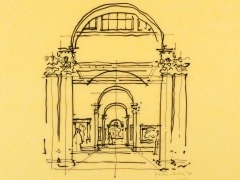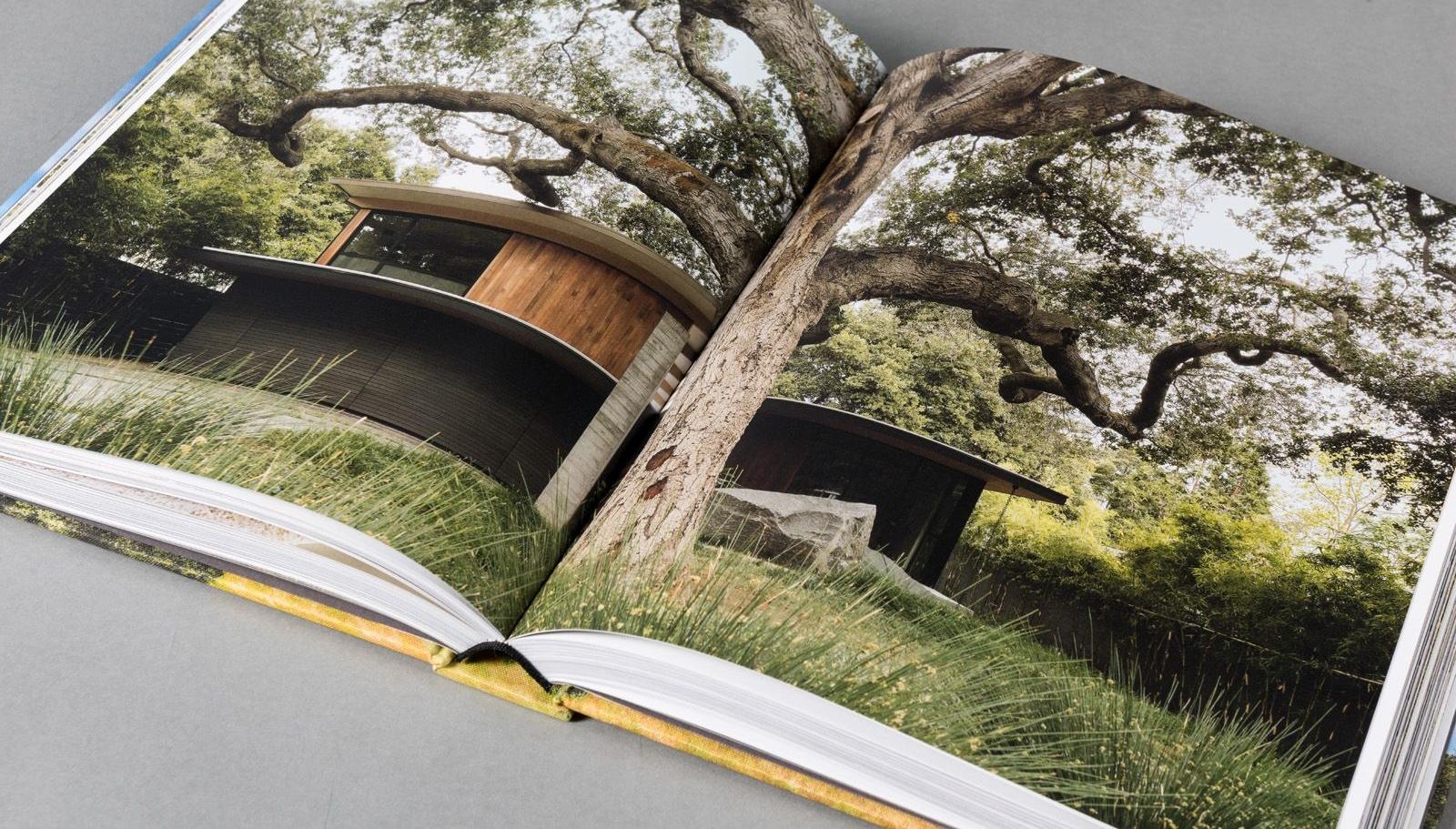Here we have an exhibition about time – and the issues that have shaped modern American architecture and design since 1900.
On Sept. 12, the Art Institute of Chicago will open the doors to Renzo Piano’s light-flooded Modern Wing for a preview of its permanent collection of drawings and models, sculpture and graphic design, film and books, furniture and research-driven work. The seminal Past Forward: Architecture and Design at the Art Institute has been a decade in the acquisition phase, and three years in the planning.
“For 10 years we’ve been working on building the architecture collection and making it much more international, because it was sort of regional,” says Zoe Ryan, curator of architecture and design. “All along, we were talking about this on a daily basis – the political, the social and the cultural – so we can provide connection points where people understand how architecture and design affect us every day.”
With about 250 pieces in the exhibition, rotating over time, Ryan wants to get people engaged and thinking critically. “There’s a loose chronology from 1900 that’s drawn from our collections of American and European paintings, sculpture, and drawings,” she says. “The idea is for us to think broadly about architecture and the effects that architects used – it’s a diverse show that takes you through the issues.”
Among those issues are war and political movements, material and technological transformations, and the effects of globalization – challenging the viewer to consider how the objects, spaces, and networks define the way we live.
All the greats who are usually associated with Chicago architecture – Daniel Burnham, Louis Sullivan, Frank Lloyd Wright and Mies among them – are included, but there are some lesser-known designers as well.
“There’s the Obama “Hope” poster and his campaign logo – his campaign hired a professional graphic designer from Chicago,” she says. “So it’s international, but homegrown too – that’s what makes our collection unique.”
The desired effect upon the viewer? “I hope they have a reawakening,” she says. “This is a city where everybody has an opinion about architecture and design – we live and breathe it.”
Now the Art Institute has given them both a permanent home – for all their aspirations.
For more, go here.
Tomorrow: A walk through the exhibition.
[slideshow id=1822]


